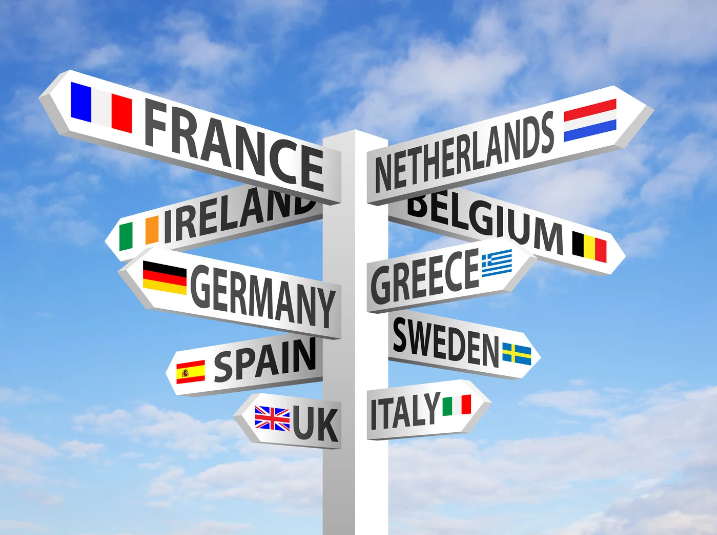Upcoming changes for US travelers visiting Europe
24 May 2024
Traveling to Europe is set to undergo some significant changes in the coming years for US travelers, with new regulations and systems being implemented across the region.
From the introduction of new tourist taxes to the potential for summer travel disruptions and changes to liquids policies at airports, it’s helpful to be aware of these developments so you can ensure a smooth and hassle-free journey.
Here’s what you need to know about changing rules for European visits.

Schengen changes and potential summer disruptions
The Schengen Zone was created in 1995 and is named after the Schengen Agreement, which was initially signed in 1985 in the town of Schengen, Luxembourg.
The current Schengen Area comprises 22 European Union (EU) member states, as well as four non-EU countries: Switzerland, Norway, Iceland, and Liechtenstein.
Broadly speaking, travelers can move freely between countries without additional border checks for up to 90 days within the Schengen Zone.
For now, US visitors traveling to most European countries need only show their passport and can stay up to 90 days. Future entry requirements are set to go into effect in 2025, but the exact timeframe is still uncertain.

This year, Bulgaria and Romania joined the Schengen Zone with one significant caveat. These two countries will require passport checks if you enter through a land border. So, keep your passport handy.
It’s important to note that each member country maintains its own immigration policies for non-citizens entering the zone.
During periods of heightened security (like the Summer Olympics, for example), temporary border controls can be reinstated at any time by individual member countries.
New taxes and fees
Some high-profile campaigns have been in motion to combat overtourism in some European locations. A number of cities have imposed tourist taxes in an attempt to tackle the issue.
Most famously, Venice, Italy, has imposed a daily charge of 5 euros on visitors to the city from April to July. For anyone staying overnight in Venice, you’ll see the charge levied on your hotel bill.
Other cities like Dubrovnik, Croatia, have focused their fees on popular attractions. Visitors will now have to pay 35 euros to walk the ancient walls of the Old City.
Athens, Greece, took a different tactic by limiting the number of visitors and requiring tickets to be purchased in advance at specific times.
Liquids rule changes
The policy restricting the amount of liquids travelers can carry through airport security has been in effect since 2006, but the enforcement of this rule is time-consuming.
It’s also wildly unpopular with travelers.
Thanks to new 3-D scanners and improved X-ray luggage screening equipment, some European airports are ditching the rule.
You can now take your shampoo bottle through these airports:
- Amsterdam’s Schiphol Airport
- Ireland’s Shannon Airport
- Helsinki Airport in Finland
- Fiumicino Airport in Rome
- London City Airport
More airports are scheduled to do the same. Among those trialing the new tech by the end of 2024 are Madrid’s Barajas Airport, Barcelona’s El Prat Airport, Geneva Airport, and Paris’ Orly Airport.
Electronic checkpoints are coming
The US already collects biometric data like facial recognition on incoming travelers to help speed the process at border security, and the EU plans to follow suit.
Note: As of this month, there is no exact timeframe for when this will be implemented.
If you’re curious, you can read about the new Entry/Exit system and what data it will be collecting from travelers.
While the exact timeframe for these changes is uncertain, staying informed about the evolving rules and regulations will be crucial for those planning trips to Europe in the coming years.
Related topics
Damian Tysdal is the founder of CoverTrip, and is a licensed agent for travel insurance (MA 1883287). He believes travel insurance should be easier to understand, and started the first travel insurance blog in 2006.
